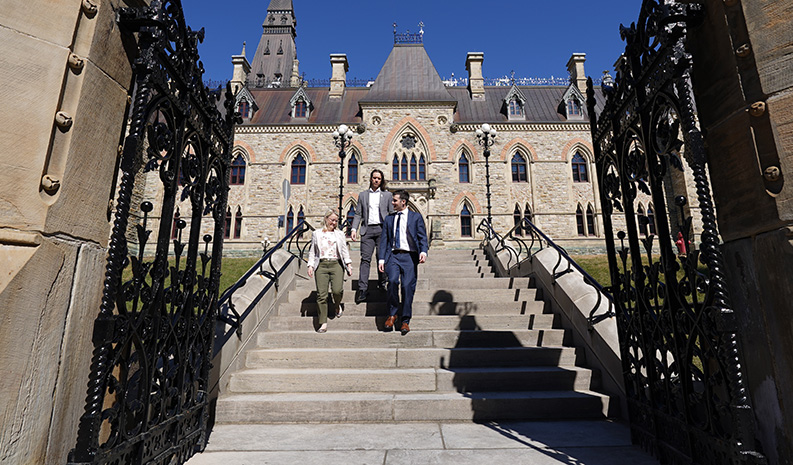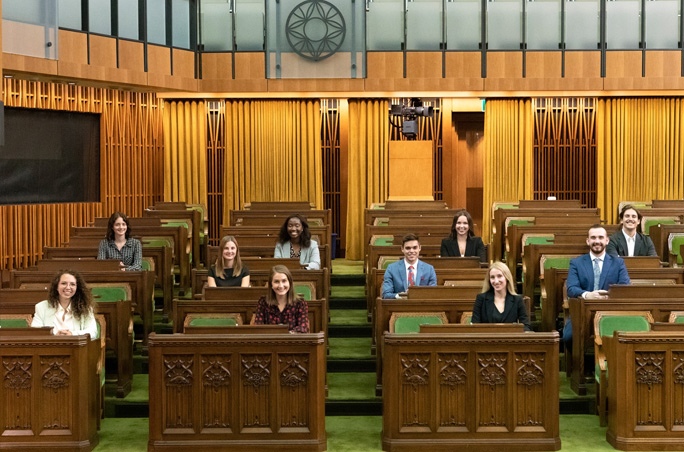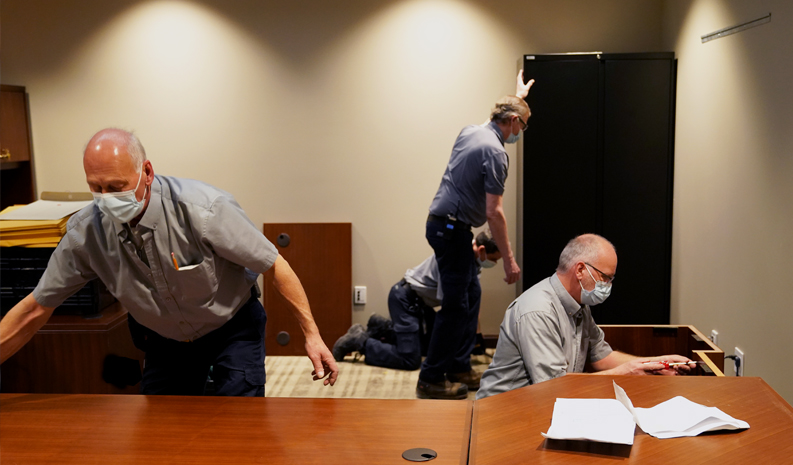Members’ Snapshot
When it first convened in 1867, the House of Commons had 181 Members. Today, that number has risen to 338 to keep pace with Canada’s geographic expansion and growing population. Every Member of Parliament is elected to represent a constituency in the House. Just as Canada’s population has changed since 1867, so has the makeup of our nation’s constituencies and the Members elected to represent them, making today’s Parliament the most diverse in our history.
Constituencies
All of Canada’s 338 constituencies (also called ridings or electoral districts) have a representative in the House of Commons. Each of these representatives—called Members of Parliament—provides a direct link between Parliament and Canadians by speaking to their constituents’ views and advocating for them in the House of Commons.
- Find the Member of Parliament for your riding.
- Find the address for your Member’s constituency office.
Every year, Members of Parliament and their teams handle thousands of enquiries from constituents seeking assistance with federal government programs and services, including:
 Employment insurance
Employment insurance Disability pensions
Disability pensions Support for veterans
Support for veterans Passports and immigration
Passports and immigration
Move around the map to see the distribution of Canada’s 338 constituencies.
Working for a Member of Parliament
Members’ employees assist them in their parliamentary functions. They are recruited directly by the Member, who determines their job responsibilities, hours of work, and pay rate.
Members’ employees usually work in either a Member’s Hill office in Ottawa or in a constituency office. Responsibilities include research and policy analysis, as well as liaising with constituents, writing press releases, and managing website and social media content.

Member support from the House Administration
The House Administration supports Members in their role as employers to help them better focus on their work as parliamentarians. One example is the comprehensive, online training program to assist Members and employees in managing their office operations.
This past year, the House launched a new application to allow Members to easily submit employment-related requests such as for employee recruitment, salary changes, acting appointments, and position changes. The system aims to improve the user experience by reducing the administrative burden on Members and streamlining related processes for employees and candidates.
Parliamentary Internship Programme
Every year since 1970, the Parliamentary Internship Programme has welcomed 10 young professionals to Parliament Hill from September through June. The paid, non-partisan interns are selected through a national competition.

Employee health, safety and wellness: a top priority
Members’ employees are entitled to a safe and healthy work environment, whether in the Parliamentary Precinct or in a constituency office. The House Administration offers resources and training sessions to both Members and employees to raise awareness on health, safety and wellness programs and the prevention of harassment and violence in the workplace. As employers, Members play an essential role in ensuring a respectful work environment, and tools are in place to support them.
Helping Members settle in
Have you ever wondered how Members of Parliament settle into their offices on the Hill following an election? After dissolution, an office move team is established within the Administration. Last fall, a cross-sectional group of employees with experience and knowledge about House operations completed 99 moves in one month.
The Administration also ensures a smooth transition in the delivery of services to constituents by supporting newly elected Members in establishing their constituency offices. Different teams assist in reviewing office leases and material, as well as provide technical assistance to make sure offices are fully furnished, equipped and connected.

About Members of Parliament
Members of Parliament, by the numbers
For more than 150 years, Members of Parliament have upheld the principles and practices of Canadian democracy by representing the citizens who elect them.
As of March 31, 2022
Party standings
A party must hold at least 12 seats to be recognized as a party in the House of Commons. Recognition means that the party receives funding for research and staff. It also means that the party can participate more regularly in proceedings of the House and its committees.
Seats held by each political party in the House of Commons (as of March 31, 2022)